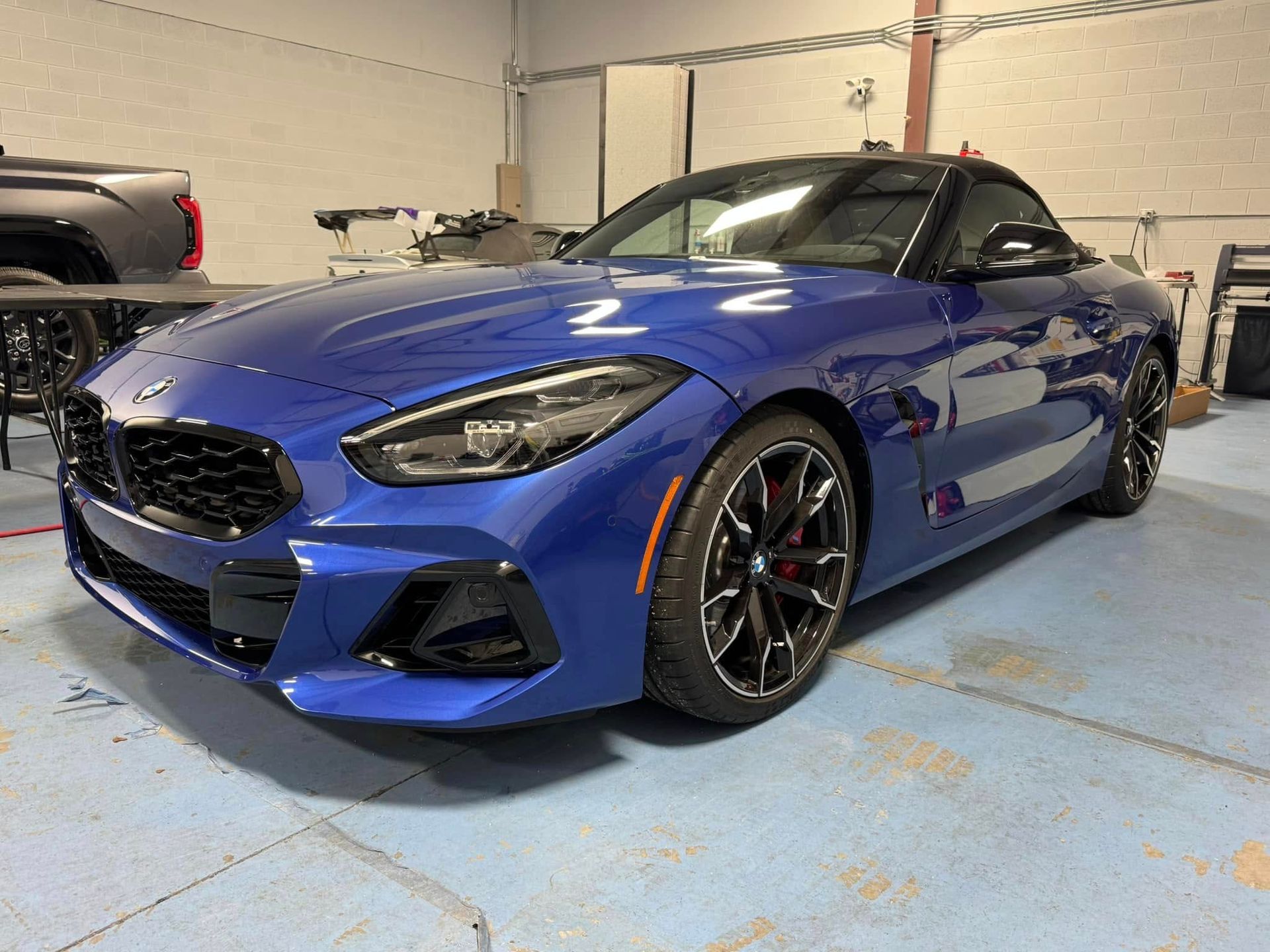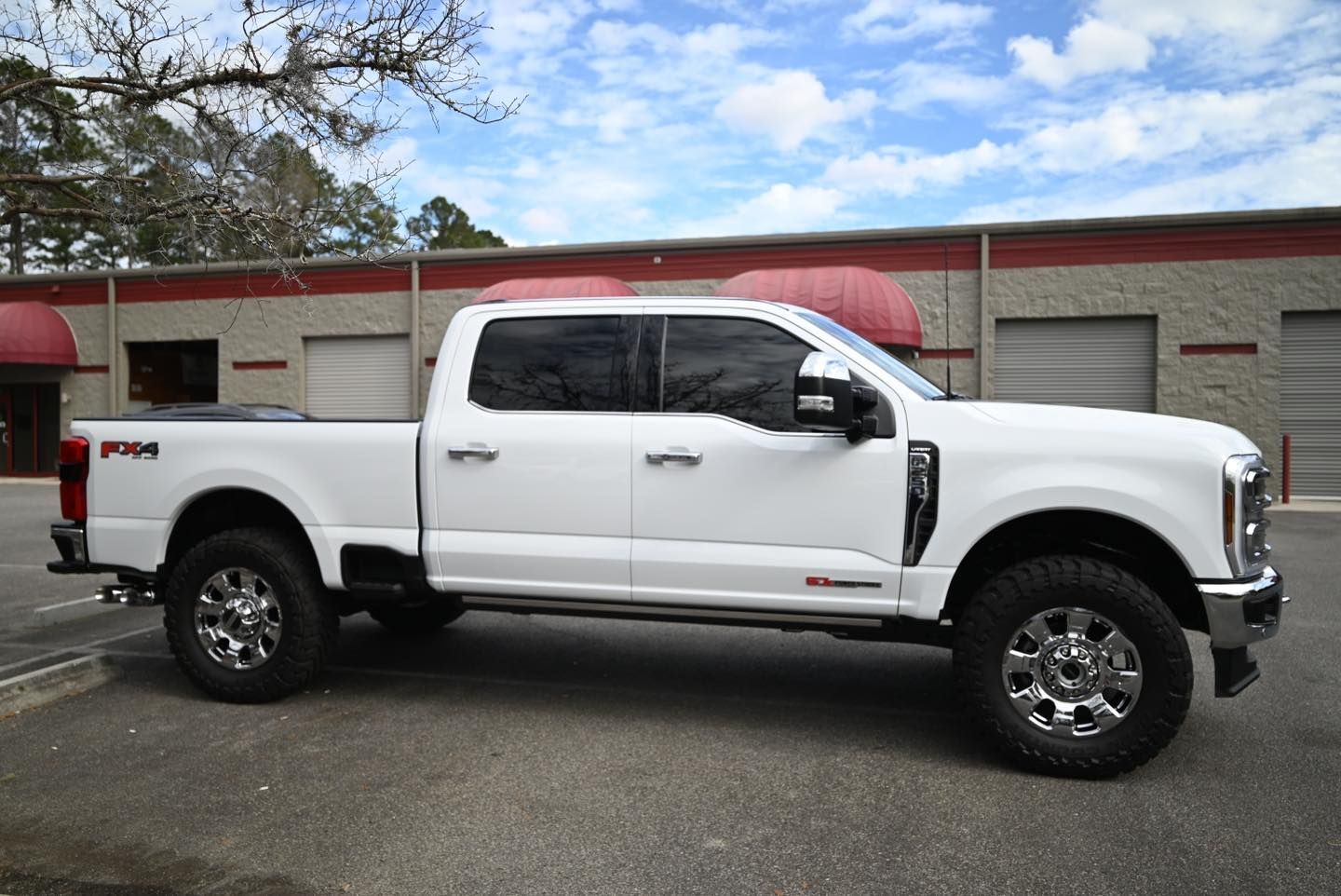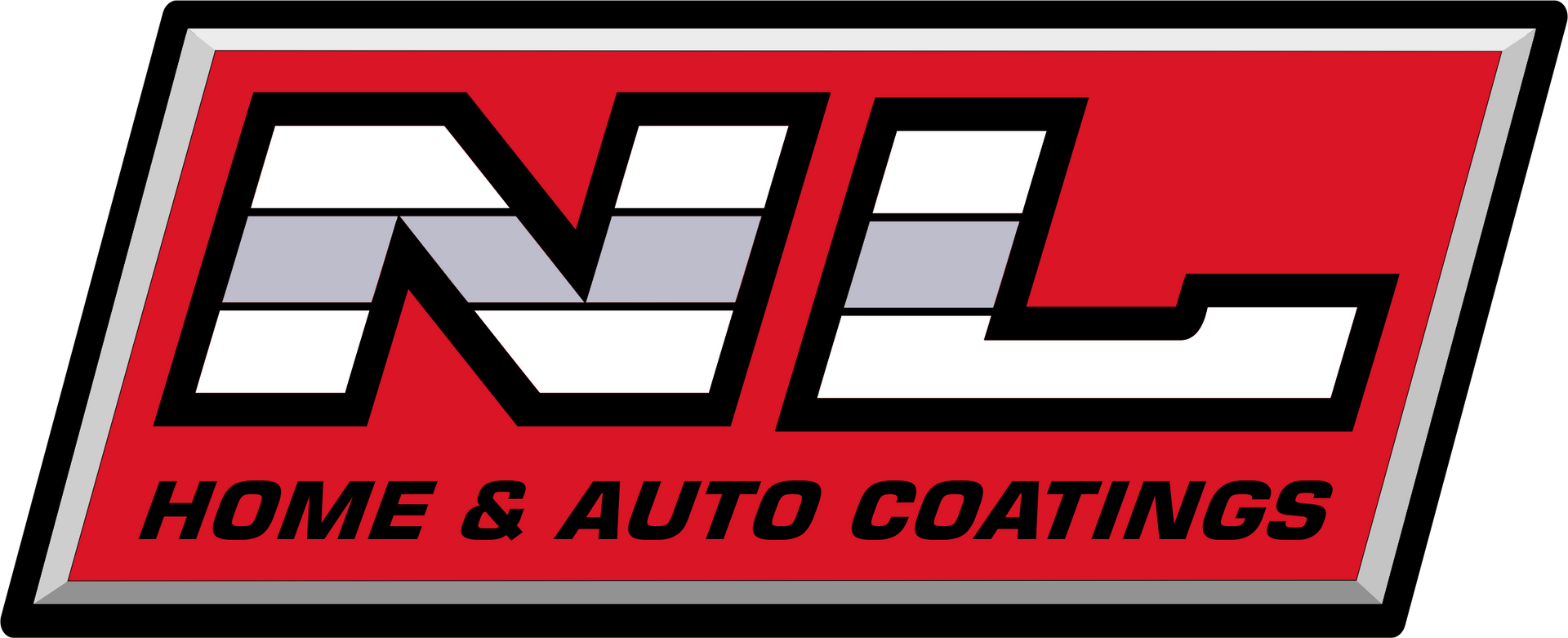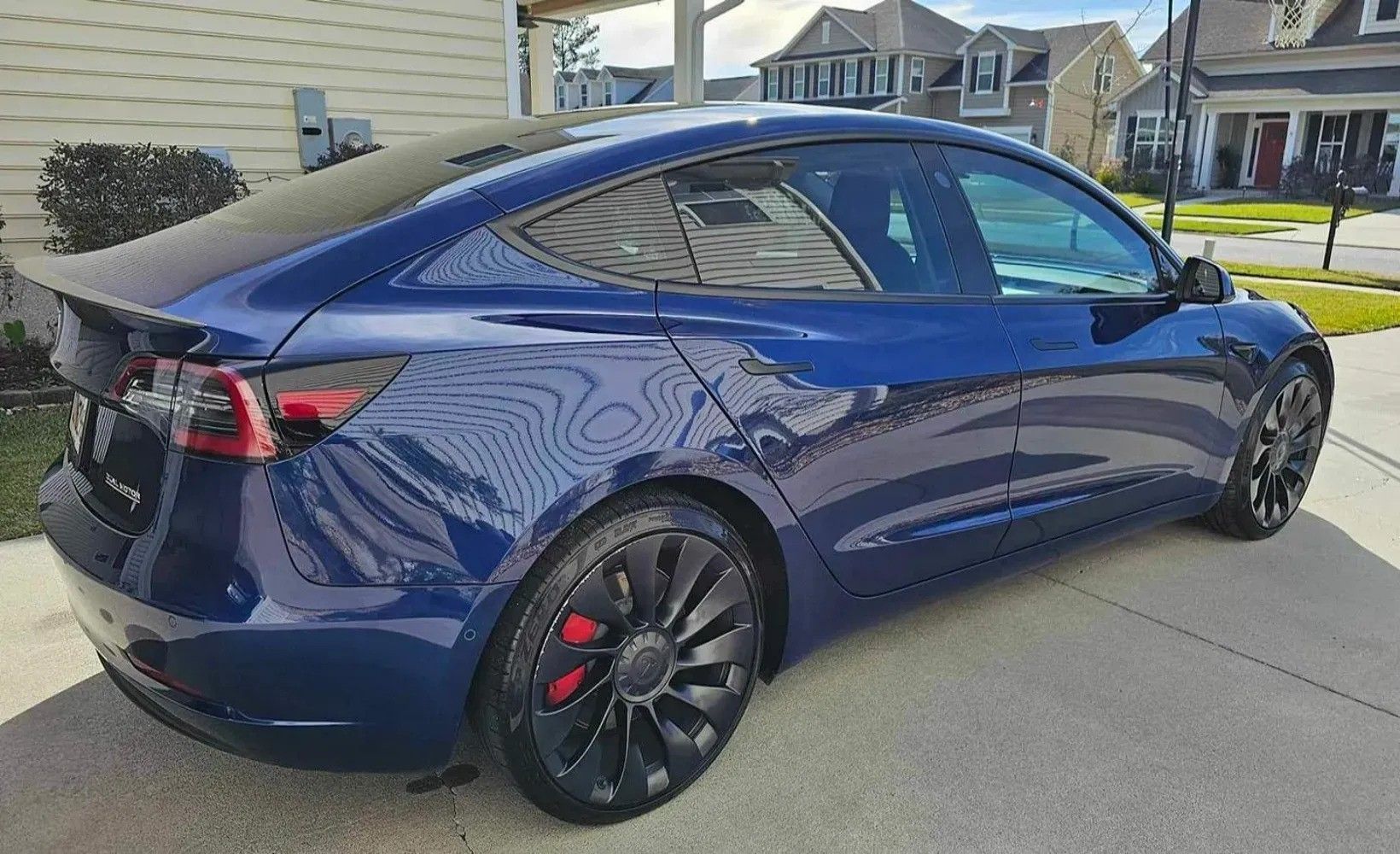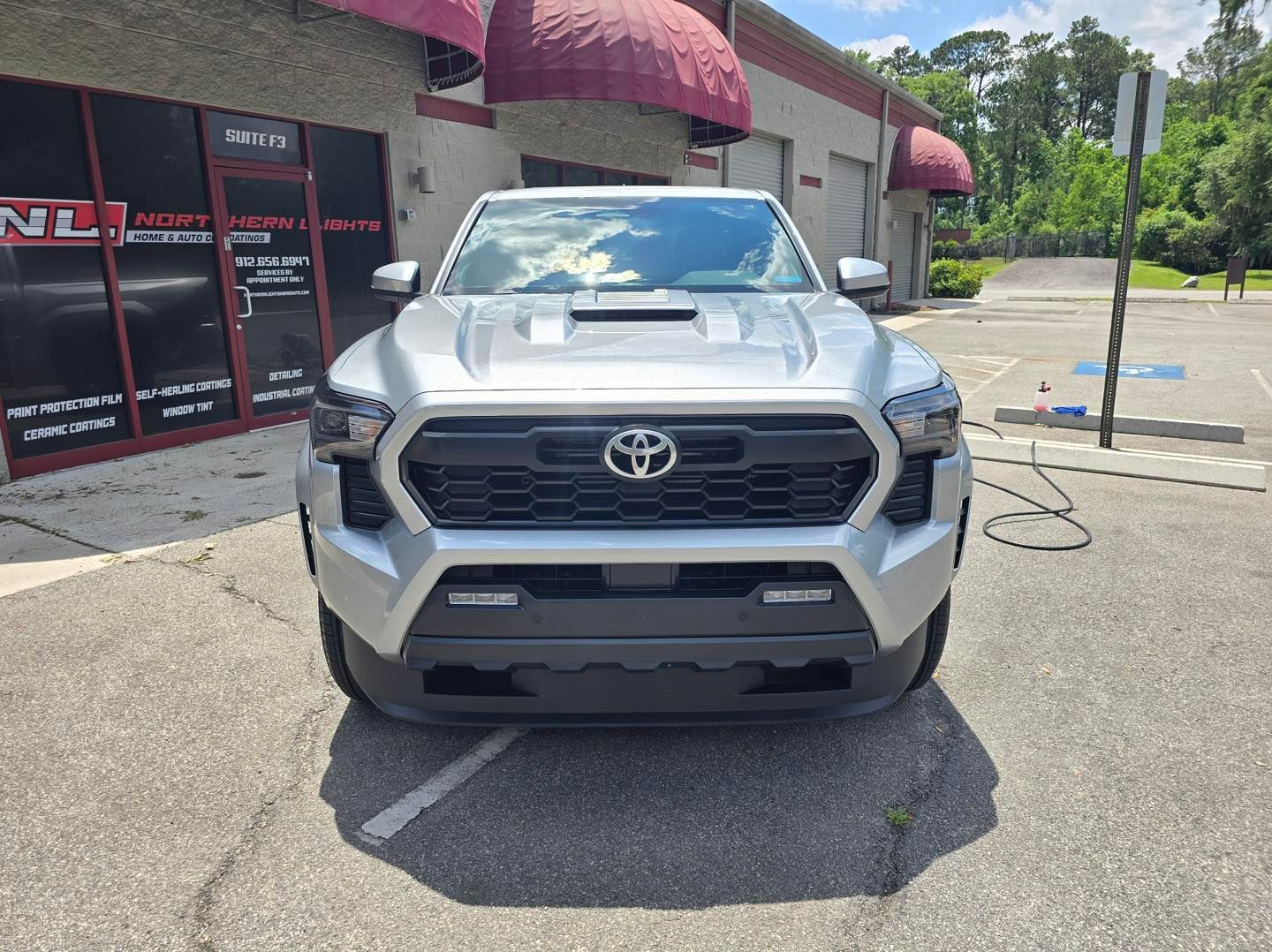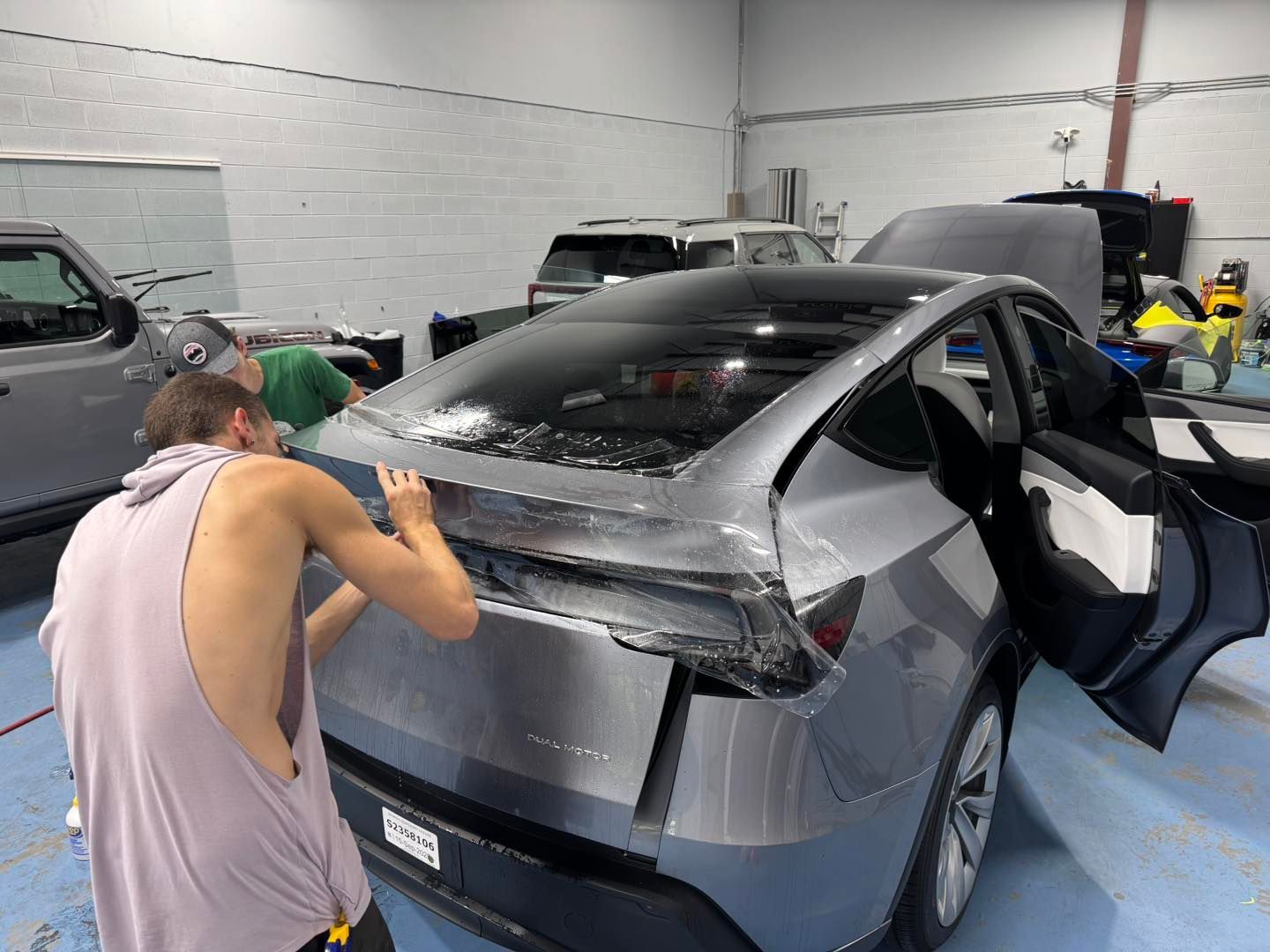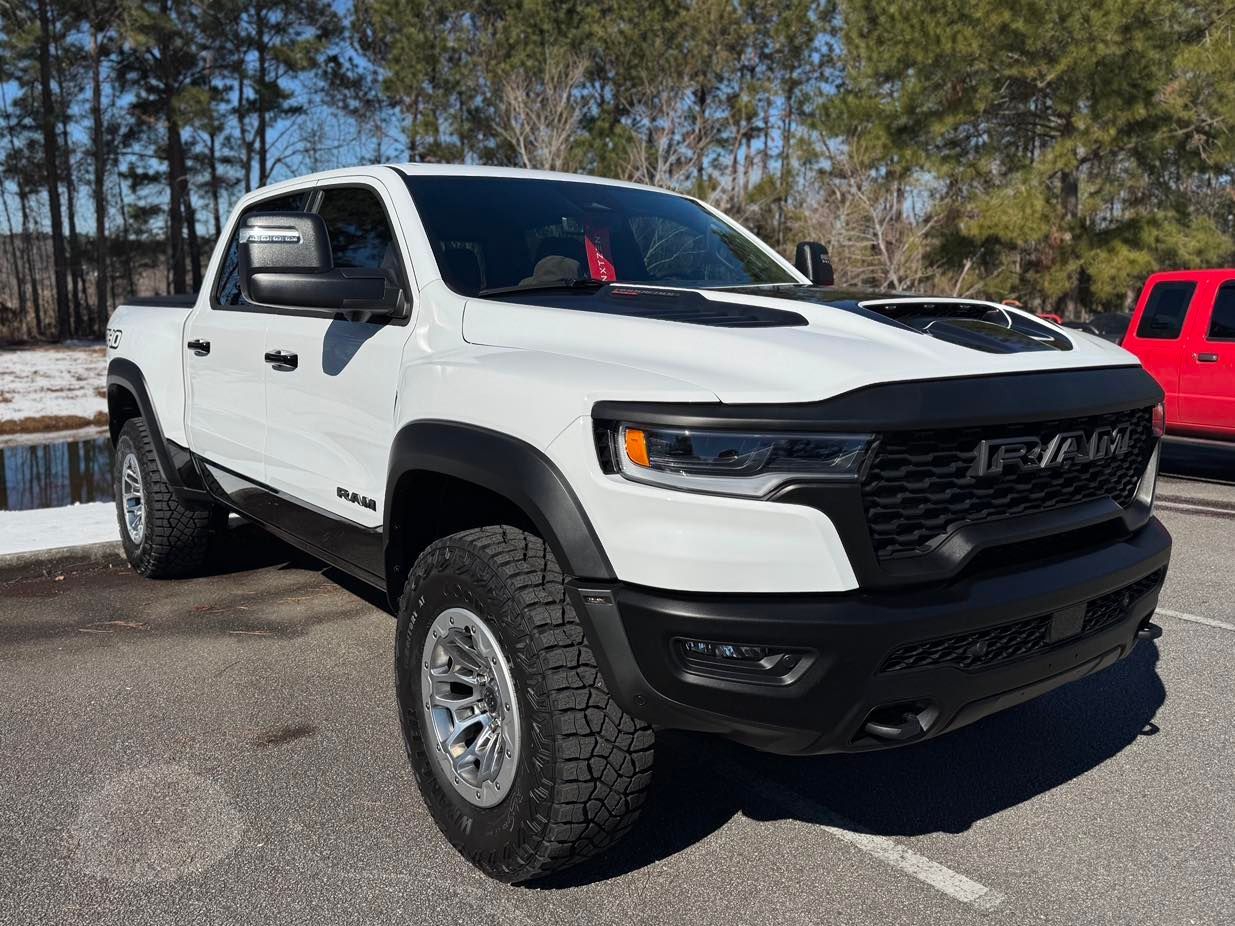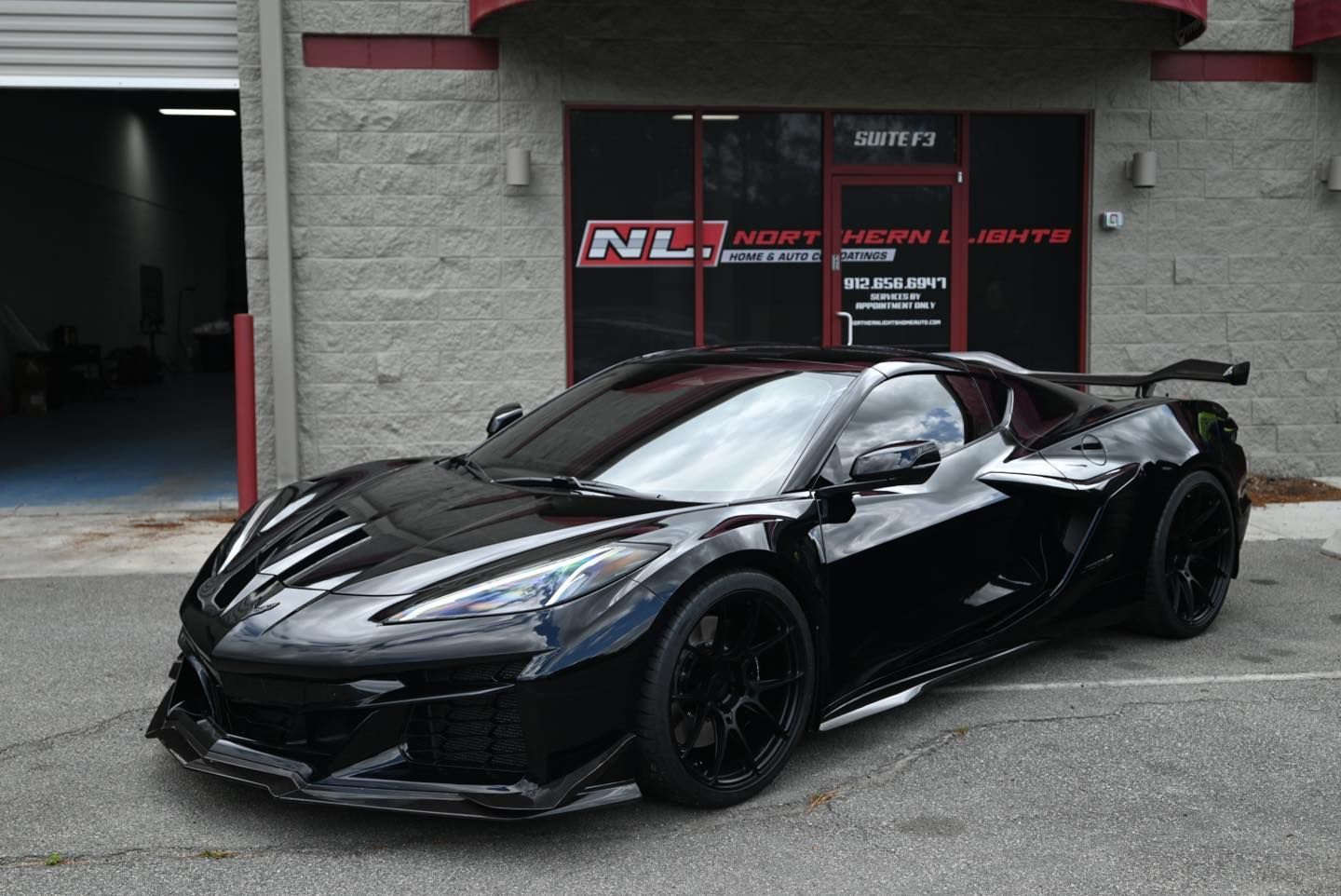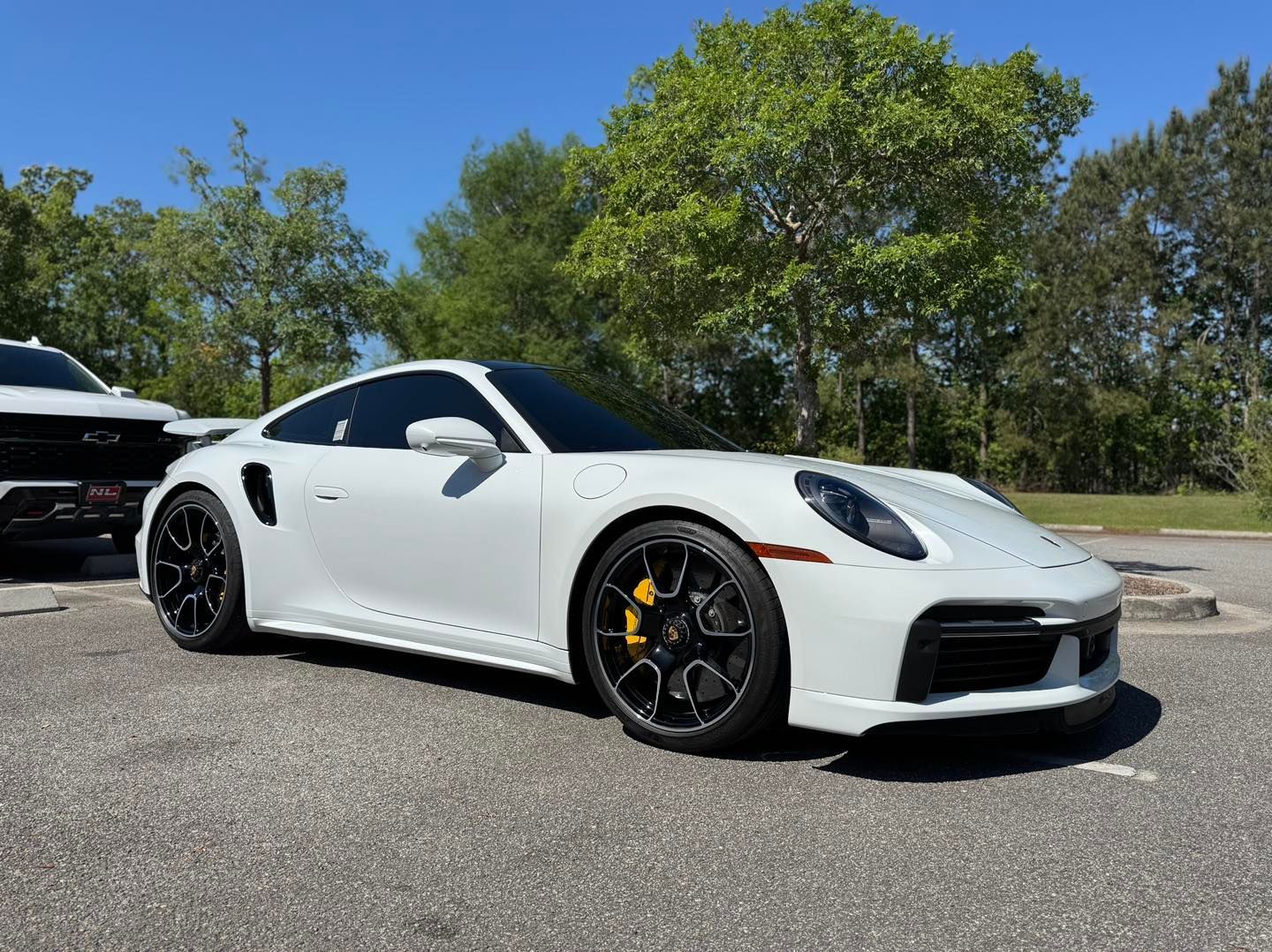Advanced Ceramic Coating Techniques: Beyond the Basics for Expert Results
Achieving a show-stopping finish on your high-performance vehicle requires more than just standard ceramic coating methods; it demands an understanding of advanced techniques that push the boundaries of what's possible in car detailing. These modern approaches are anchored in the latest science, evolving from traditional coatings to incorporate innovations like graphene, offering superior protection and longevity.
In our comprehensive guide, we dive into revolutionary multiple-layer application methods, high-temperature buffing, and the importance of paint correction before application. These advanced techniques provide unparalleled protection and durability for vehicles, elevating the effectiveness of the ceramic coating beyond traditional methods.
Overview of Advanced Ceramic Coating Techniques
The ceramic coatings landscape is continuously evolving, pushing boundaries to provide unparalleled protection and durability for vehicles. As we move from traditional coatings to advanced techniques, we witness a substantial leap in performance due to cutting-edge materials at play. An excellent example of such a material is graphene, which has made its way into the realm of automotive care and revolutionized the capabilities of ceramic coatings.
Graphene-enhanced formulations represent an exciting innovation in the field, offering superior high-temperature resistance and enhanced gloss compared to their predecessors. This signifies that vehicles treated with these advanced coatings benefit from extended protection and a stunning finish that outshines traditional options.
One striking feature of these professional-grade coatings is their longevity; they provide long-lasting protection against environmental contaminants and chemicals. The hydrophobic properties inherent to these advanced options ensure that water slides right off, making cleaning and maintenance noticeably easier.
For car owners seeking years of top-tier protection, these breakthrough advancements in ceramic coatings are simply unrivaled. Not only do they outperform their conventional counterparts by a significant margin, but they also cater to those seeking exceptional care for their vehicles—a class above the rest.

Latest Methods for Ceramic Coating
Ceramic coating has significantly evolved, with the "multi-layer application" technique being a standout practice among professionals. When applying multiple layers of ceramic coating, professionals ensure that each layer is cured before the next one is added. This meticulous process results in a more robust barrier, providing enhanced protection for the vehicle's paintwork. In addition to superior protection, this method also contributes to a deeper and more vibrant finish that car owners love.
But it doesn't stop there. Nanotechnology integration has propelled ceramic coatings to another level. By utilizing nanotechnology, advanced ceramic coatings have the ability to fill micro-scratches and imperfections on the paint surface, resulting in a remarkably uniform and smooth layer. This fills in any imperfections on the surface, minimizes friction, and adds extra durability to the protective coating.
These advanced methods represent an exciting leap forward in automotive detailing, offering not only unmatched protection but also a refined aesthetic appeal to vehicles.
Application Process for Experts
The process of applying a ceramic coating is a delicate and precise art that requires expertise and attention to detail. Here are the meticulous steps that experts take to ensure perfect results.
Step I: Surface Preparation
Surface preparation is crucial for achieving superior results in ceramic coating applications. Experts begin by meticulously cleaning and decontaminating the vehicle's surface to eliminate any existing grime and residue. This is a vital step to ensure that the ceramic coating adheres seamlessly to the paint without any interference or contamination. In addition to cleaning, paint correction is often performed by professionals to eliminate imperfections such as scratches and swirl marks from the vehicle's paintwork. By addressing these imperfections, the surface becomes optimized for the successful adhesion of the ceramic coating, ultimately leading to a flawless finish.
Step II: Applying the Coating
Once the surface has been thoroughly prepared, experts proceed to apply the ceramic coating using professional-grade applicators in a controlled environment. This environment is crucial in preventing contaminants from interfering with the bonding process between the coating and the vehicle's paint. Applying the coating requires precise techniques to ensure an even layer with no streaks or bubbles, which can compromise the performance and aesthetics of the final finish.
It's essential to note that professionals rely on their training and experience to ensure that each application is flawless, providing uniform and consistent coverage across all surfaces. This meticulous approach guarantees that the vehicle receives complete protection against environmental elements and sustains a captivating glossy appearance for an extended period of time.
Step III: Curing Process
The curing process represents another critical phase in achieving expert-level results for ceramic coatings. By subjecting the coated vehicle to carefully controlled heating processes, professionals can optimize the molecular bonding between the coating and the surface of the vehicle. This results in unparalleled resistance to environmental elements such as UV rays and chemical stains while enhancing the overall durability of the ceramic coating.
Enhancing Durability and Paint Protection
When it comes to expert-level ceramic coatings, the focus is on ensuring that the materials utilized provide top-notch protection and longevity for your vehicle's paint. This isn’t just about enhancing the surface appearance; it’s about shielding it from environmental hazards, allowing it to look great for a longer time.
To achieve this, superior ceramic coatings harness high-quality ingredients such as silicon carbide (SiC) or titanium dioxide (TiO2). These components contribute to increasing the hardness and durability of the coating, providing a robust shield against various environmental aggressors. This means you're not just adding a shiny layer; you're giving your car an extra suit of armor against the elements.
Long-Term Benefits
Utilizing ceramic coatings with advanced properties pays off in the long run. They maintain the glossy finish of your vehicle, preventing it from fading and preserving its value and appeal over time. Visualize your car looking as vibrant as new even after years of use—that’s what high-quality ceramic coatings can achieve. Plus, it makes maintenance easier because dirt and grime don't stick as much to treated surfaces. This means less frequent cleanings and a sleeker appearance between each wash.
Elevating your ceramic coating game to include these superior materials allows you to bolster your vehicle’s defenses against the harsh realities of daily driving. And while it might not be bulletproof, a high-quality ceramic coating turns your car into something close to indestructible in terms of exterior protection.
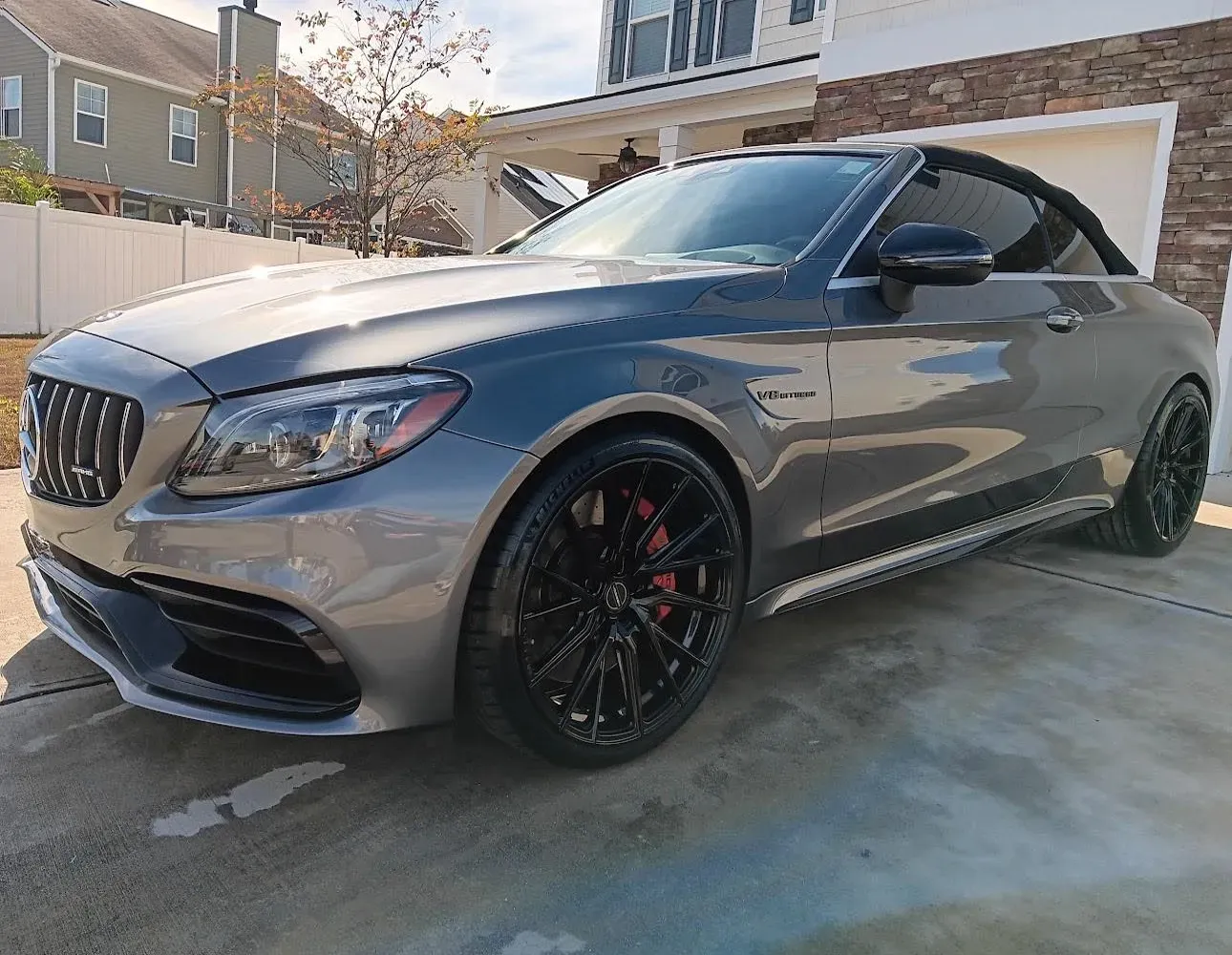
Hydrophobic Properties Explained
Imagine this: after applying an advanced ceramic coating to your car, the next time it rains, you'll witness something magical. Instead of pooling on the surface or creating water spots, the rainwater will instantly bead up and roll right off. This extraordinary effect is all thanks to the hydrophobic nature of the coating.
Hydrophobicity refers to the coating's ability to repel water and prevent it from sticking to the surface. This hydrophobic quality plays a significant role in maintaining the pristine appearance of your car.
The mechanism behind this phenomenon lies in the molecular structure of the coating. When water comes into contact with the treated surface, it doesn't spread out like in a puddle; instead, it forms tiny droplets that effortlessly slide off. But what exactly makes this possible?
Mechanism Behind Hydrophobicity
Advanced ceramic coatings are engineered with special compounds that form an invisible barrier at the molecular level. This barrier alters the surface tension of the material, causing water to bead up and not penetrate or adhere to it. As a result, when your car is exposed to rain or moisture, you'll notice that water doesn't linger—it quickly slides off, carrying away dirt particles and contaminants in the process.
A notable compound often found in these coatings is silicon dioxide (SiO2), known for its exceptional hydrophobic properties. It's like adding a shield to your car's paintwork that actively repels any attempts by water to stick around.
Practical Benefits
The hydrophobic effect brings about several tangible advantages:
Simplified Cleaning: Because water and contaminants are unable to bond strongly with the surface, cleaning becomes much more manageable. You won't have to contend with stubborn water spots or grime that cling persistently.
Reduced Maintenance: With less dirt adhering to the surface, you won't need to wash your car as frequently. This translates to not only time saved but also less wear on your vehicle's exterior over time.
Innovations in Glass and Dual Layer Coatings
When it comes to enhancing automotive surfaces, innovative glass coatings are revolutionizing visibility and protection. These advanced coatings provide exceptional clarity and offer long-lasting protection for glass surfaces, elevating your driving experience and prolonging the life of your car's windows.
Have you ever been stuck driving through a downpour, squinting through the blurry windshield? The innovative technology used in these glass coatings works to repel water, vastly improving visibility during rainy conditions. It's like having a built-in wiper that keeps your vision clear without even needing to use your regular windshield wipers. This not only enhances safety but also reduces the frequency of cleaning required to keep your windows spotless.
The clarity provided by these coatings makes a significant difference in visibility during heavy rain—imagine enjoying a crystal-clear view of the road ahead even in the middle of a storm.
Moving on to another exciting advancement in ceramic coating technology, dual-layer coatings are engineered to provide a superior combination of adhesion and protection. By combining two distinct layers—one for adhesion and the other for protection—these coatings bring together the best qualities of both materials used.
The adhesion layer serves as the foundation, bonding securely with the surface to ensure durability and longevity. On top of this, the protective layer acts as a shield against impacts, abrasions, and environmental damage. This dual-layer setup offers enhanced flexibility while providing robust protection that can withstand the wear and tear of daily use.
Overall, these advanced coatings are designed to offer an all-encompassing solution that combines superior adhesion, ensuring long-term performance, combined with robust protection against various environmental factors.
By embracing these technological advancements, automotive enthusiasts can benefit from improved visibility during adverse weather conditions and fortified protection against everyday wear and tear. These innovative solutions present an exciting trajectory for ceramic coating technology, offering users a high level of performance coupled with long-lasting results.
Advanced Curing Techniques and Equipment
In the pursuit of achieving expert-level results in ceramic coating applications, the curing process plays a critical role. A technique that professionals consistently rely on for ensuring a flawless and long-lasting finish is high-temperature buffing. This involves using heat lamps or infrared (IR) curing systems to effectively bond the coating to the paint.
The high-temperature buffing process serves two essential purposes. Firstly, it enhances the protective abilities of the coating by creating a stronger and more durable bond with the vehicle's surface. Secondly, it significantly deepens the gloss and luster of the coating, elevating the overall aesthetic appeal of the vehicle.
By leveraging advanced curing techniques and state-of-the-art equipment, certified professionals can deliver exceptional quality and efficiency to their clients. Investing in cutting-edge technology not only streamlines the workflow but also enables the delivery of superior results.
At Northern Lights Home & Auto Coatings, we harness these advanced techniques and equipment to provide our clients with top-tier ceramic coating services. Embrace the latest advances in car detailing technology and experience unparalleled protection and aesthetic enhancement for your vehicle.
For superior ceramic coating application and unrivaled protection for your vehicle,
reach out to us today!
